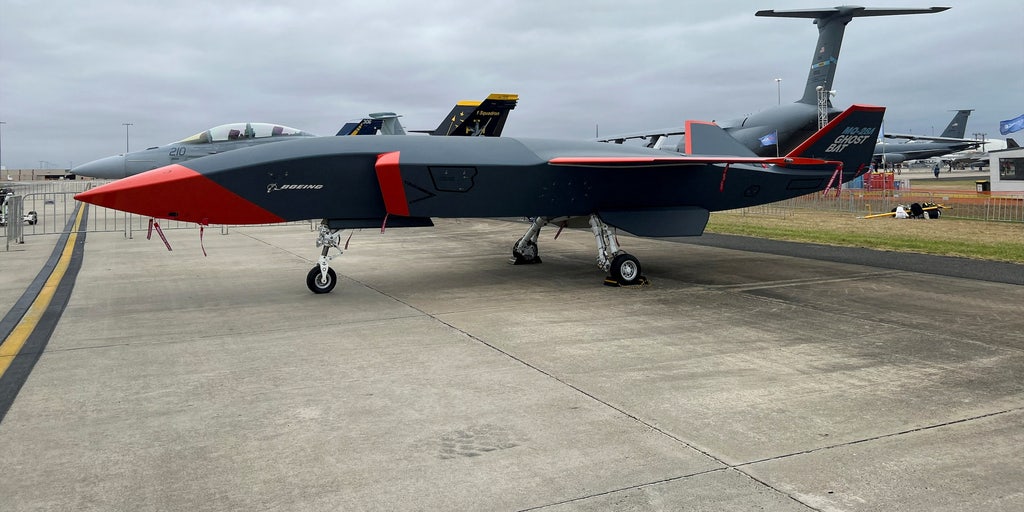Susanne Nielsen acknowledges the imminent threat of flooding to her parents’ summer house at Slettestrand in North Jutland, situated just 400 meters from the Jammerbugt bay in the municipality of the same name. The rising groundwater level poses a risk of rainwater seeping into the house rather than draining away, causing concern for Susanne.
Expressing her worries, she admits, “It’s a concern we have if we get a lot of rain.”
In collaboration with researchers from DTU, Jammerbugt Municipality has developed an innovative early warning tool to alert residents and decision-makers about potential flooding in the area. This tool, a pioneering “wet index,” can forecast local flooding along rivers, streams, and coastal regions within the municipality, providing a 48-hour advance notice—a first of its kind for localized flood warnings.
Susanne Nielsen, who resides in Aalborg, about 40 kilometers away from the summer house, acknowledges the significance of this tool in safeguarding against flooding risks, especially since she oversees the property for her parents who live in Norway.
Sophisticated Technology, Informed Predictions
The “wet index” tool leverages artificial intelligence trained on diverse datasets encompassing satellite imagery, weather forecasts, ground and seawater levels, and landscape topography to assess the dynamics influencing flood risks. Understanding the intricate movement and accumulation of water in open landscapes necessitated the use of artificial intelligence to navigate the multifaceted parameters affecting water flow and retention.
The development of the model behind the wet index involved meticulous incorporation of water behavior insights, such as movement, distribution, and interaction with the surrounding environment, as highlighted by Roland Löwe, an Associate Professor at DTU specializing in hydrodynamics.
Trial and Triumph
In 2023, Jammerbugt Municipality tested the tool, yielding better-than-expected predictions during the wet spring months. However, challenges arose during the drier summer period when the tool inaccurately anticipated flooding in areas previously affected by spring rains. Insufficient summer data for training the tool, attributed to satellite limitations in detecting water beneath vegetation, led to these discrepancies.
Project Manager Heidi Egeberg Johansen underscores the importance of precision in early warnings to instill public trust in the system. While acknowledging the tool’s potential, the municipality plans to secure funding for retraining and potential model adjustments, temporarily suspending the tool until these enhancements are implemented.
Streamlined Decision-Making
Accurate calculations are pivotal for timely responses in flood-related scenarios, be it preparing water tubes and sandbags for citizens and emergency services or optimizing municipal drainage systems for future climate challenges. Traditional simulations, albeit thorough, are time-consuming, prompting the need for more efficient methodologies.
By merging scientific machine learning with artificial intelligence, researchers achieve a balance between data-driven predictions and physical accuracy, significantly expediting calculations without compromising reliability. This approach, as exemplified by Roland Löwe and collaborators, enhances decision-making processes by enabling real-time model evaluations and solution exploration.
In conclusion, the fusion of scientific computing and machine learning heralds a new era in flood prediction and mitigation strategies, empowering stakeholders with rapid, informed insights for proactive risk management.
Provided by
Technical University of Denmark
Citation:
Using AI to develop early warning systems for flooding (2024, March 9)
retrieved 10 March 2024
from https://phys.org/news/2024-03-ai-early.html
This document is subject to copyright. Apart from any fair dealing for the purpose of private study or research, no part may be reproduced without the written permission. The content is provided for information purposes only.










